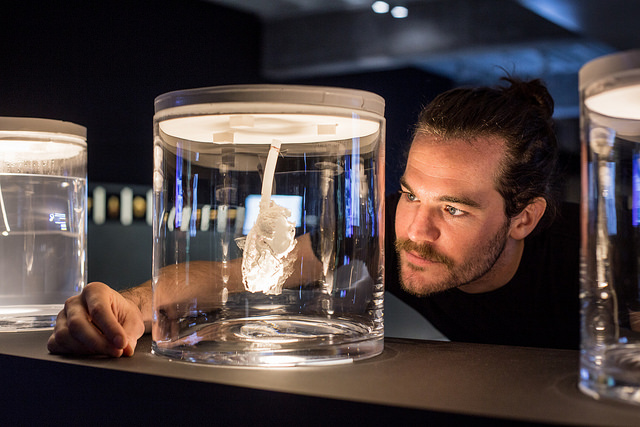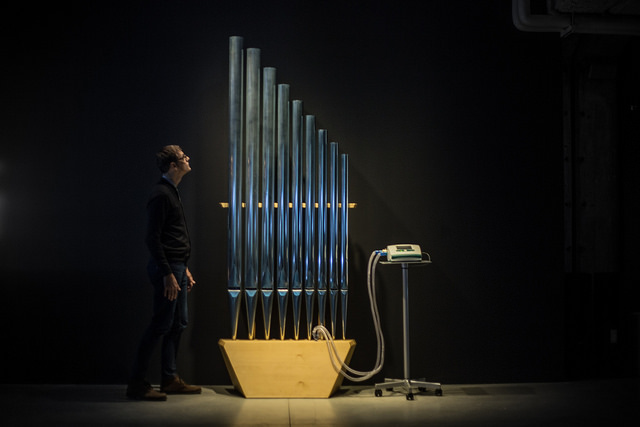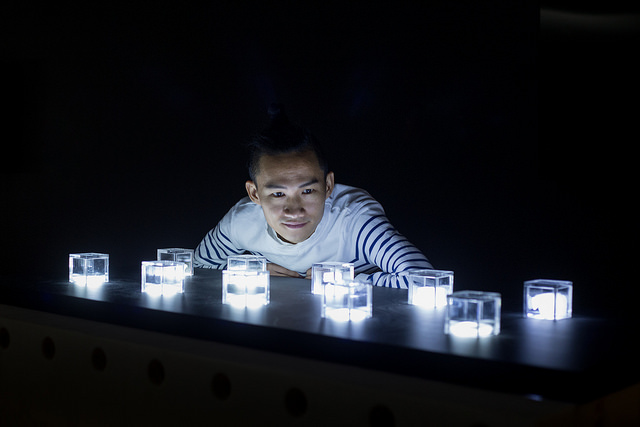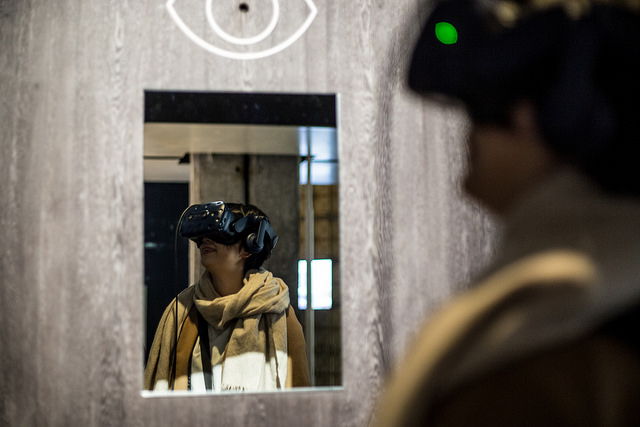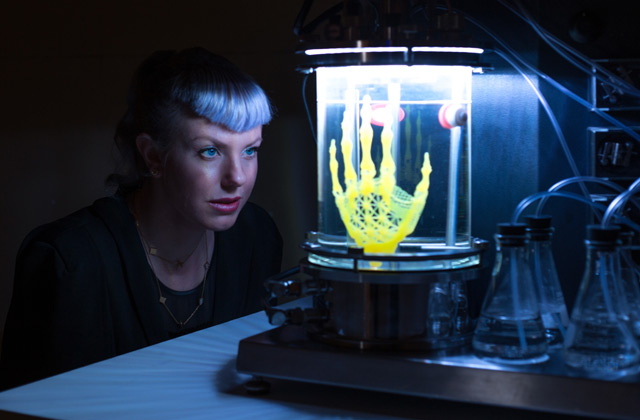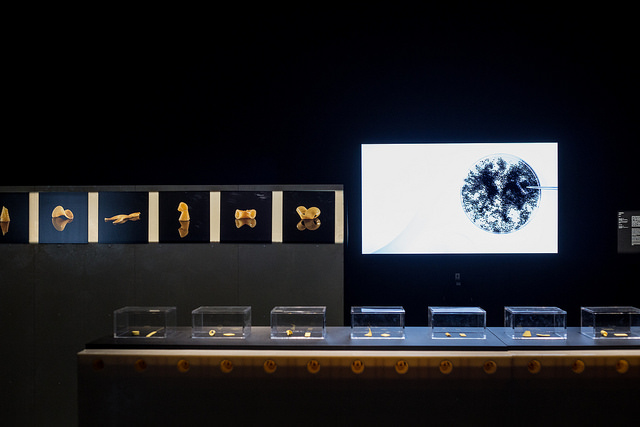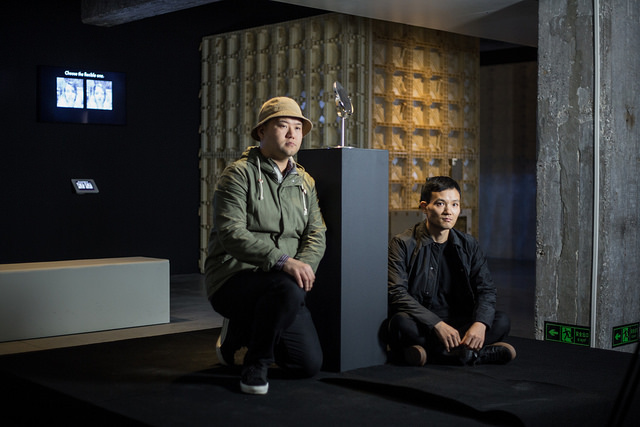With “Future Humanity – Our Shared Planet” Hyundai Motor Group, Central Academy of Fine Arts Beijing and Ars Electronica present their first joint exhibition project. The focus is on the social and cultural dimension of technological progress. It deals with the future relations between humans and machines, the interactions between culture and technology as well as the tension between tradition and spirituality and the ever-increasing mechanization and rationalization of our world.
Type: Exhibition
Duration: November 2018 – February 2019
City, Country: Beijing, China / Seoul, South Korea / Moscow, Russia
Venue: Hyundai Motorstudio
- Hyundai Motorstudio Beijing, 798 Art District, Beijing, China
November 8th, 2018 – February 28th, 2019 - Hyundai Motorstudio Seoul, 738 Eonju-ro, Nonhyeon-dong, Gangnam-gu, Seoul, South Korea
November 10th, 2018 – February 28th, 2019 - Hyundai Motorstudio Moscow, New Arbat Ave, 21, стр.1, 121099 Moscow, Russia
November 24th, 2018 – February 28th, 2019

“Once you have tasted flight, you will forever walk the earth with your eyes turned skyward, for there you have been, and there you will always long to return.”
Leonardo da Vinci
The dream of flying was the epitome of human visions until not very long ago—as fascinating as it was unattainable. We want to make the seemingly impossible possible; we strive to transcend our limits, to perfect and expand ourselves. Precisely such efforts to go all out to achieve the unachievable may well constitute the core of what makes us human beings so unique—the consciousness of the subjective self together with our finite nature, our mortality. From dream to trauma—what a dilemma. Attaining the unattainable demands a concrete necessity, creativity and the right instruments, the right technology. Since time immemorial, humankind’s great achievements also speak to us about the ingenious instruments and technologies we’ve used to achieve these things. Each epoch and every definition of cultural identity is thus also characterized to a very great extent by the technologies created and deployed then and there—and vice versa. Thus, a culture shapes a technology just as the technology simultaneously makes an impact on the culture. This eternal interrelationship between us human beings and the technology that envelops us seems, especially at this point in time, to be on the verge of a revolutionary paradigm shift. After all, we’re transitioning from an age in which we operate machines and deploy them as tools to the next one in which we share our lives with machines and technical systems and coexist with them. So the question that arises is what this radical shift in the human-machine relationship might mean for us human beings and what we ultimately expect and want from technology.
Artworks

Hyundai Motorstudio Beijing
Shinseungback Kimyonghun (KR)
CLOUD FACE
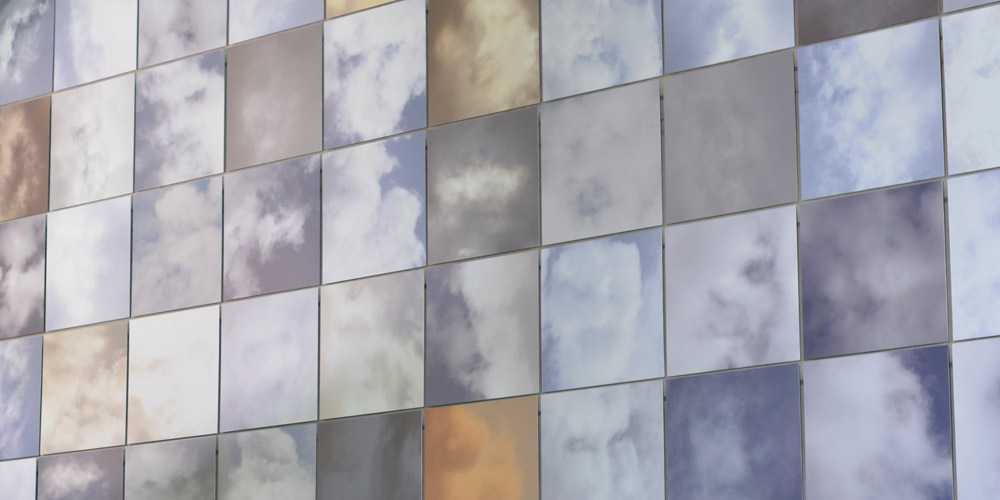
Humans see figures in clouds: animals, faces and even God. This kind of perception also occurs in computer vision. Face-detection algorithms sometimes find faces where none exist. This is because human knowledge of a face and understanding of human vision mechanisms affect the development of the computer vision. As with our brain, missing information is interpolated. Pareidolia is also created in the computer program. “Cloud Face” is a collection of cloud images that are recognized as human faces by a face-detection algorithm. It is a result of the computer’s vision error, but they look like faces to human eyes, too. This work attempts to examine the relation between computer vision and human vision.
ssbkyh.com
Iris & Cedar
SURVEILLANCE X
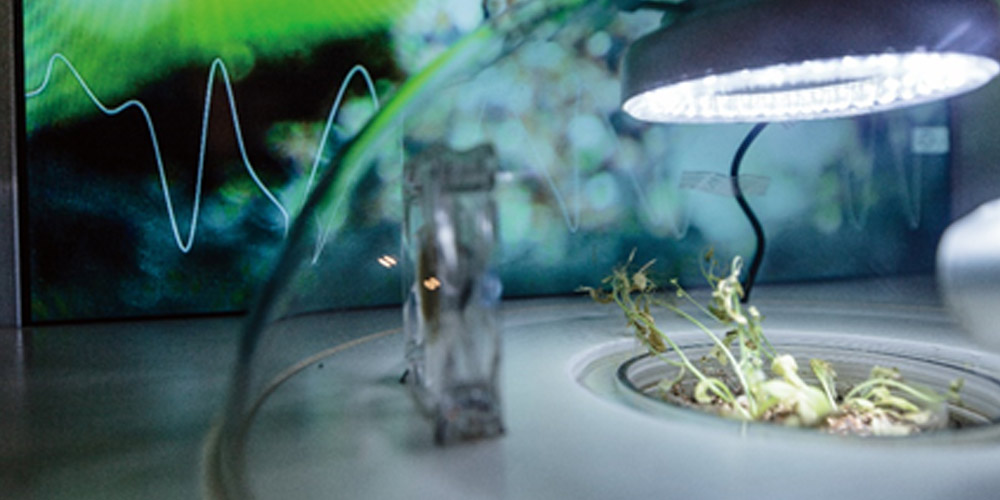
Surveillance X is a performance conducted by algorithmically generated plants. In the work, three “plants” are radiated by real-time news crawled on the internet a global scale. In the radiation condition of mass media, the plants endure subtle process of growing and transformation, until they are finally shaped by the news. The work investigates the seamless, ubiquitous existence of online-media, and the co-existence and mutual evolution of the subjectivities of both human, information and technology.
cedarzhou.com
Wang Yuyang (CN)
Aura
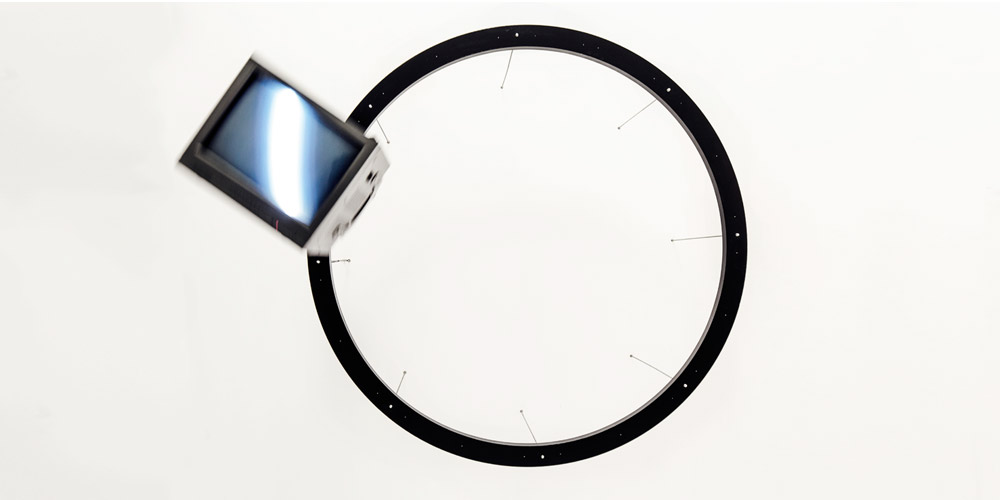
Hang a monitor on a circular track; the monitor will transmit feed of an arc of light. The arc of light on the screen and that of the circular track are from beginning to end identical, no matter how quickly the camera is moving, the screen will spin and adapt to it. In the end, the monitor will complete a completely circular movement under the control of the computer and although everything depends on chance and probability, there will ultimately appear a perfectly shaped circle of light on the screen.
www.wangyuyang.net
Michele Spanghero (IT)
Ad lib.
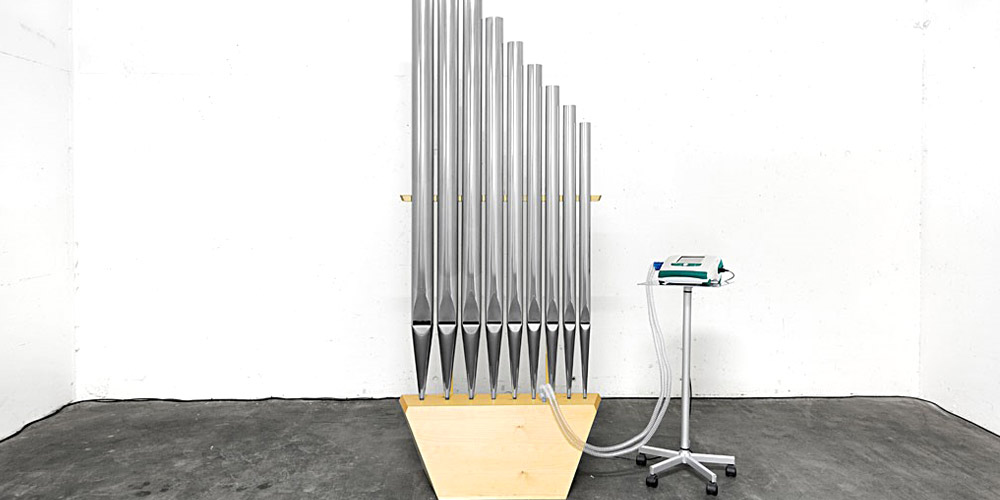
The sound sculpture Ad lib. combines a medical machine for automatic pulmonary ventilation with a few organ pipes that play a musical chord to the constant rhythm of the mechanical breath, creating an artificial organ that is metaphorically an incessant mechanical requiem. The title of the work Ad lib., an abbreviation of the Latin expression “ad libitum,” is a musical caption that gives the performer discretion of interpretation, allowing for instance to repeat “at will” certain bars of the score. The Latin expression “ad libitum” literally means “at the discretion,” “at will” and is generally used to express the freedom of a person to act according to their own judgment in a given context. The sculpture aims to refer to the situation in which people who suffer from critical health conditions, see their survival tied to a breathing machine and, therefore, to the discretion of those who are taking care of them. The organ plays a drone with an F major fifth chord (F – C), a reference to the op. 45 by Johannes Brahms Ein Deutsches Requiem (German Requiem) for “soloists, choir, orchestra and organ ad libitum.”
www.michelespanghero.com
Memo Akten (TR)
Learning to See / Hello world!
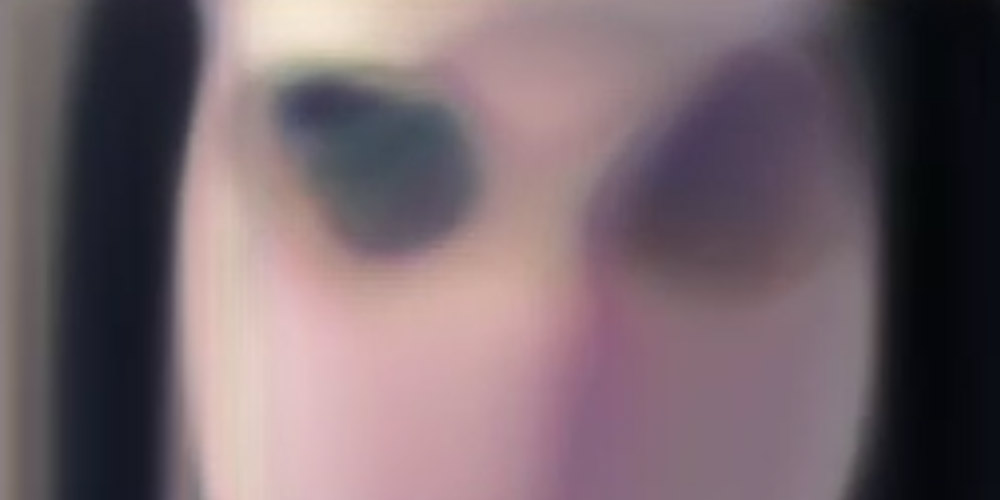
“Learning to See” is an ongoing series of works that use state-of-the-art machine-learning algorithms as a means of reflecting on ourselves and how we make sense of the world. The picture we see in our conscious minds is not a direct representation of the outside world, or of what our senses deliver, but is of a simulated world, reconstructed according to our expectations and prior beliefs. The work is part of a broader line of inquiry about self-affirming cognitive biases, our inability to see the world from others’ point of view, and the resulting social polarization.
www.memo.tv
Mary Flanagan (US)
[help me know the truth]
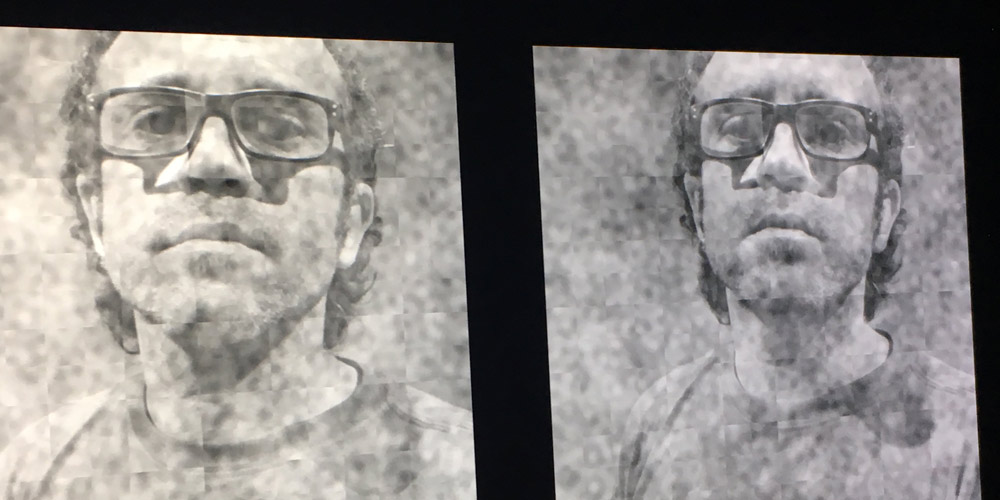
[help me know the truth] is a participatory artwork in which visitors become part of the work across the exhibition. Participants first snap a digital portrait at a small photo booth at the entrance to the show. In the gallery, participants can choose between two slightly altered portraits to match the text label shown on digital devices. Each image is altered by a noise pattern that slightly changes the face. By selecting slight variations of the images over time, differing facial features emerge that reveal larger unconscious beliefs about facial features or tendencies related to culture and identity. It shows that gallery visitors are constantly judging the people around them. The intent behind the work is to both utilize and question how computational neuroscience techniques can uncover the categorizing systems of the mind, and how they are therefore subject to socially constructed fears and values. The work further calls into question notions of truth.
maryflanagan.com
Shinseungback Kimyonghun (KR)
Non Facial Mirror
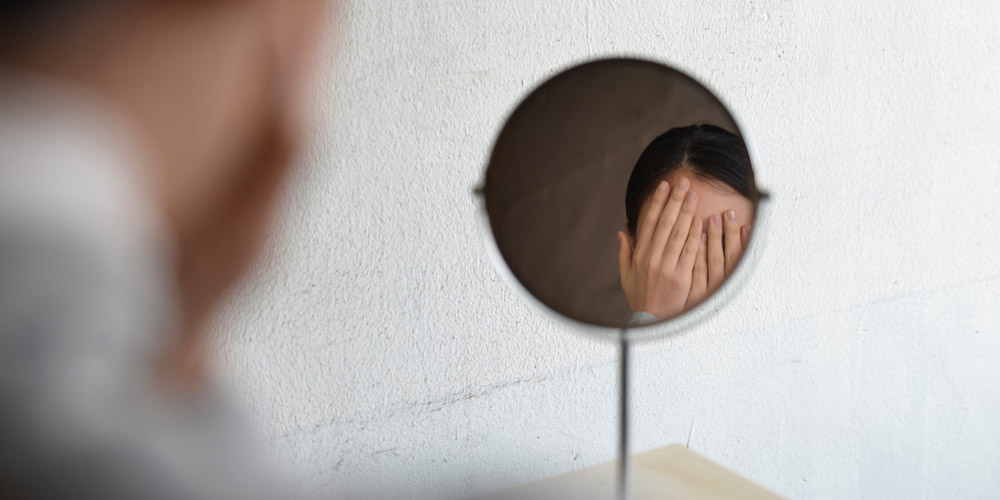
The mirror has a great significance in the history of art and culture, but also a centuries-old tradition as a magical-symbolic object. In some ancient cultures it was regarded as an image of the soul, in the art of the European Middle Ages it stood for chastity, transience, sensuality as well as cleaning addiction, in the Baroque age it was again a symbol of vanitas – the transience of all human aspirations.
The “Nonfacial Mirror” avoids faces. One can look at his/her face in the mirror only when it is a nonface. In front of the mirror, history, present and future gather to reveal new perspectives on being through reflection. In aesthetics since the 1960s, the mirror has not only been a material that can be processed, but also a medium of demiurgical interpretation of the world. Art uses the paradigm that redefines time and space to stir up a new epoch from the dust of the world.
ssbkyh.com
Jifei Ou (CN)/MIT
CILLIA
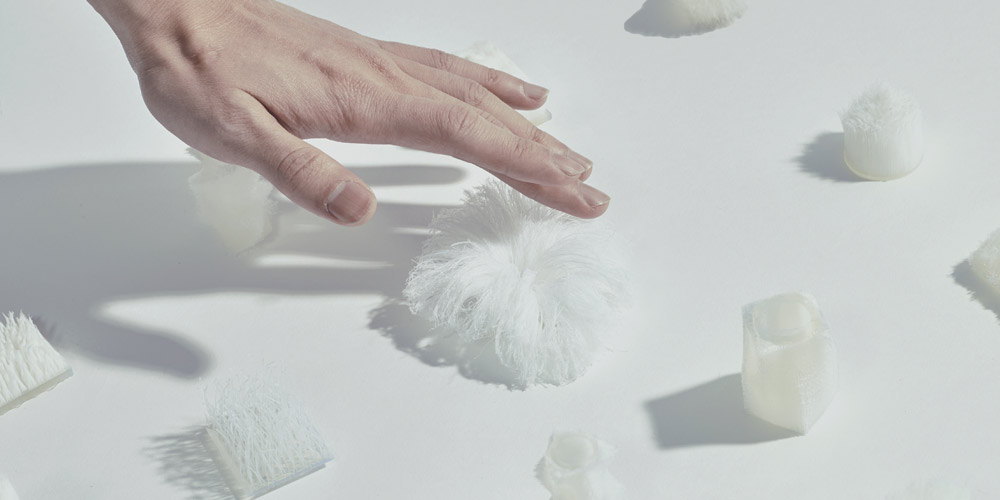
Cilllia is a new 3-D printing method that allows for easy printing of hair or fur structures. The vision of this work is to rethink how material would be synthesized in the future. The resolution of 3D printers is improving, which gives designers the ability to design functions as they are designing shape. This would dramatically change the design paradigm from “form follows function” to “function follows form.” Throughout nature, hair-like structures can be found on animals and plants at many different scales. Beyond ornamentation, warmth and a sense of touch, hair is also a natural responsive material that interfaces between the living organism and its environment. Inspired by how hair achieves those properties with its unique high-aspect ratio structure, this project presents a voxel-based approach to 3D-print dense hair structure.
oujifei.com
Lining Yao (US/CN)
Transformative Appetite
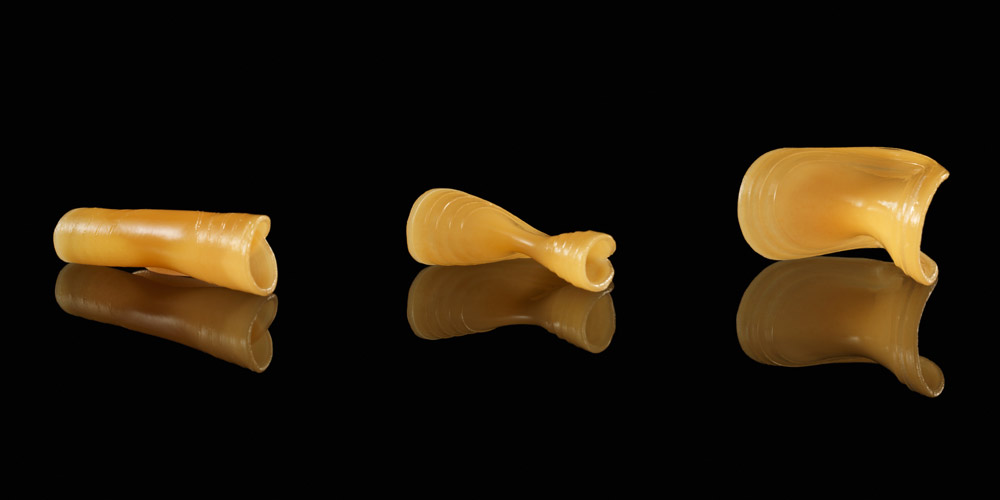
“Transformative Appetite” is a concept where edible 2D films made of common food materials (protein, cellulose or starch) can transform into 3D food during cooking. This transformation process is triggered by water adsorption, and it is strongly compatible with the “flat packaging” concept for substantially reducing shipping costs and storage space. To develop these transformable foods, new material-based design and a hybrid fabrication strategy have been established. Users can customize food shape transformations through a pre-defined simulation platform, and then fabricate these designed patterns using additive manufacturing. Three application techniques are provided – 2D-to-3D folding, hydration-induced wrapping, and temperature-induced self-fragmentation, to present the shape, texture, and interaction with food materials. Based on this concept, several dishes were created in the kitchen to demonstrate the futuristic dining experience through materials-based interaction design.
transformingmaterials.com
Lining Yao (US/CN)
Paper Actuator
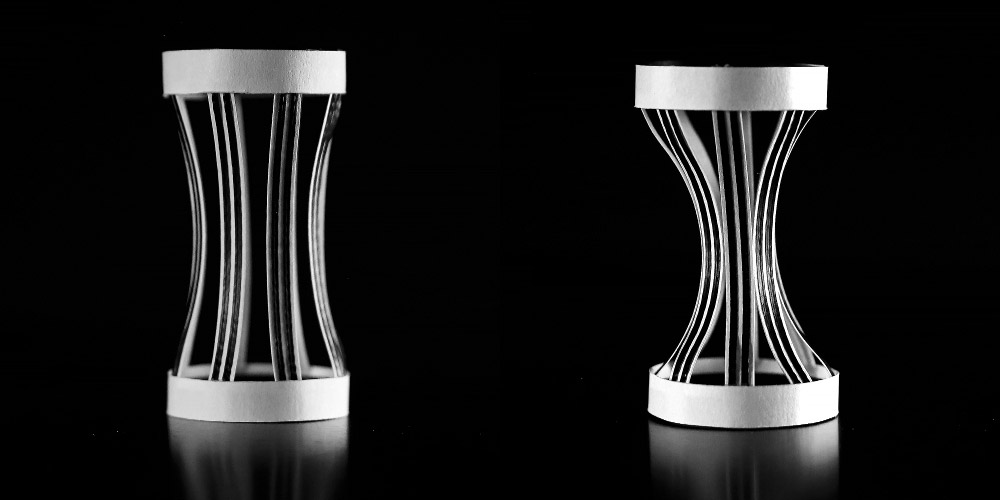
Paper is a lightweight, abundant, and biodegradable material. This piece designs and explores a new electrical and reversible paper actuator printed by an FDM 3D printer. The actuator is composed of inexpensive materials, such as common paper and off-the-shelf thermoplastic printing filaments. This method, which requires simple and easy fabrication steps, enables our paper actuator to achieve different types of motion and even various electrical sensing abilities: touch sensing, slider, and self-bending-angle detection. A printed paper actuator is a low cost, reversible and electrical actuation and sensing method. This is a novel but easily accessible enabling technology that expands upon the toolkit of actuation-sensing materials in HCI. It can be used in robotics, interactive art, entertainment and the home environment.
transformingmaterials.com
Isaac Monté (BE), Toby Kiers (US)
The Art of Deception
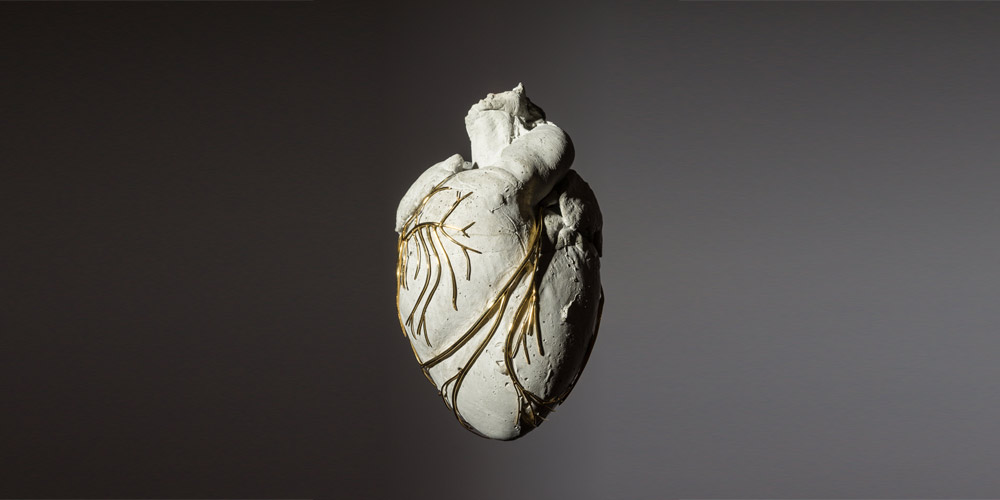
Humans use deception to achieve perfection in society, art and science. Reacting to this through art, we have taken discarded pig hearts and transformed them into elegant vessels for new life by decellularizing them and re-populating them with various techniques, into aesthetically improved hearts for humans. Decellularization marks a new era of synthetic biology – organs are stripped of their cellular contents, leaving behind a sterile scaffold that can be repopulated with stem cells. While the medical utilization of this resource is being realized, the artistic and creative value of ghost organs represents unexplored territory. With this collection of originally 21 transformed hearts we explore how biological interventions and aesthetic manipulation can be used as tools for the ultimate deception: the transformation of inner beauty, from grotesque to perfect. Can the ghost organ be a blank canvas for designers? Can organs be objects of design? Will humans be able to manipulate organs for aesthetic purposes? The discarded dead hearts will not function as canonical organs, but rather as a representation of how far science can manipulate the human body.
www.isaacmonte.nl
www.tobykiers.com
Amy Karle (US)
Regenerative Reliquary
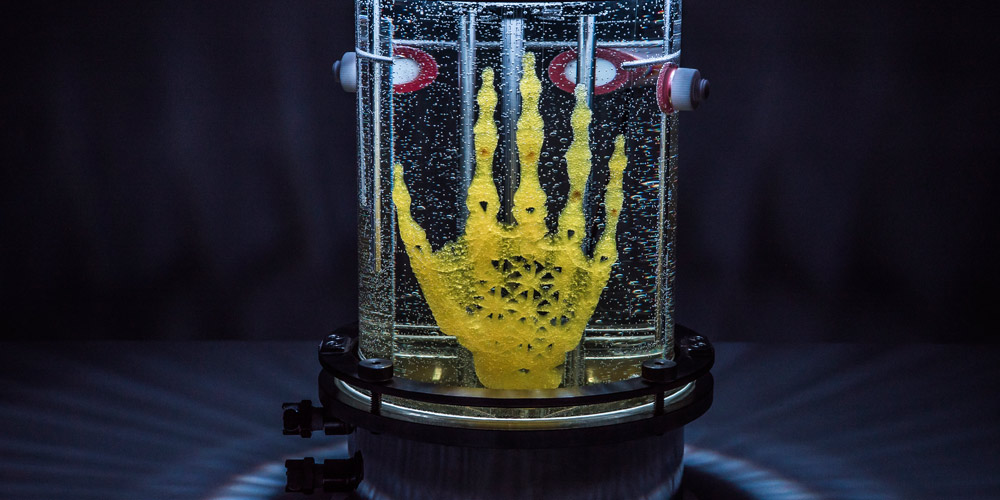
“Regenerative Reliquary” made artistic, scientific and technological advancements as it required and inspired new innovations to be made in its creation, as well as influences a new way of thinking. Using cells and 3D printed scaffolds is a new medium for art and design. It is a „Growing Sculpture In Bone”: Leveraging the intelligence of human stem cells “Regenerative Reliquary” is a scaffold in the shape of a human hand design 3D printed in a biodegradable pegda hydrogel that disintegrates over time with the intention that stem cells seeded onto that design will eventually grow into tissue and mineralize into bone. “Regenerative Reliquary” further focuses on the dynamic organ and tissue in our bodies that is constantly remodeling and changing shape to adapt to the daily forces placed upon it: bone. Referencing the traditional presentation of relics in their reliquaries, this piece is a finely detailed skeleton sculpture encased in a glass bioreactor.
www.amykarle.com
Memo Akten (TR)
WAVES
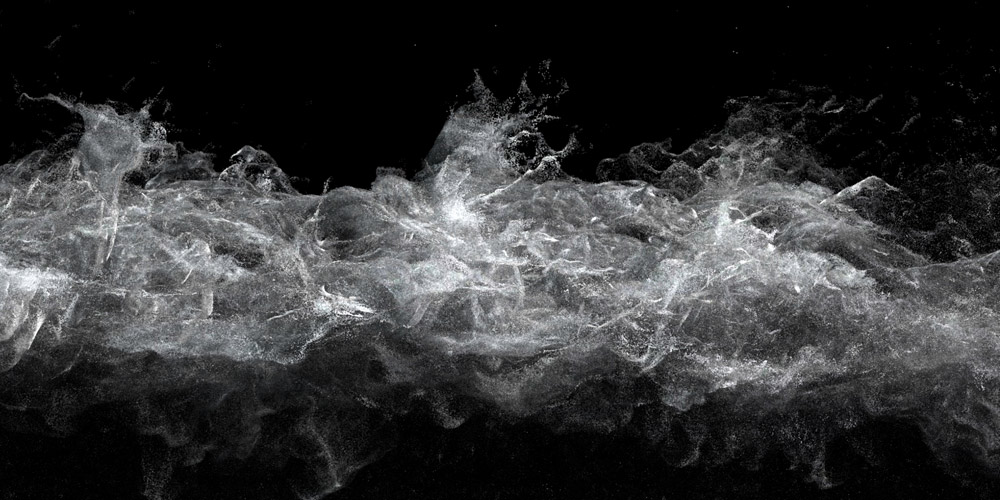
Inspired by the well-established history of both artistic and scientific study on oceans and oceanic waves, WAVES is a data dramatization of complex ocean simulations, distilled and re-imagined in the form of abstract visuals and sounds. An ongoing series of studies that investigate the tension and delicate balance between the immense power and incredible fragility of the oceans; simultaneously mighty yet delicate; calming yet terrifying; graceful yet violent; a symbol of fear, danger and death as well as hope, freedom and life. The 2015 edition was made during the aftermath of the tragic November 2015 Paris killings, and the consequent public and political thirst to bomb Syria in retaliation, which in turn would inevitably trigger an opposing retaliation, and fuel the vicious back-and-forth cycle of violence.
www.memo.tv
DEPART (AT)
Lacuna Shifts
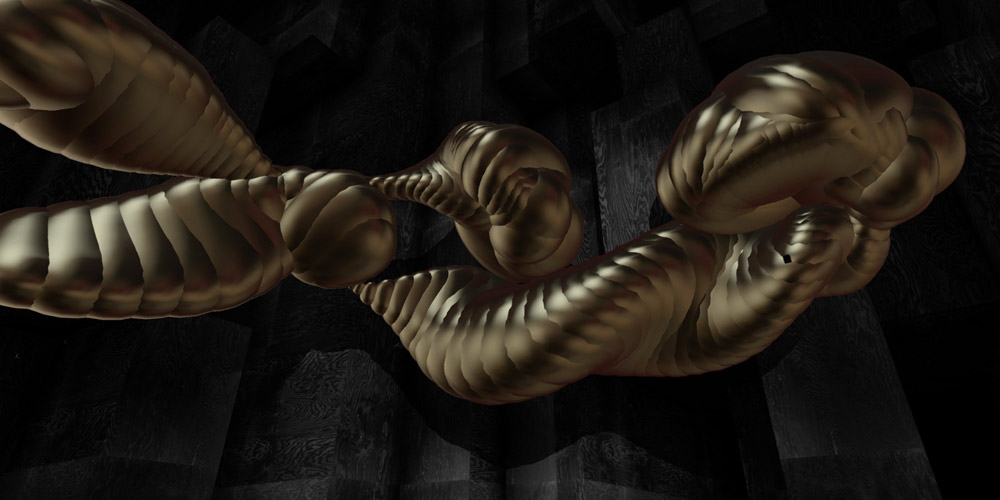
“Alice in Wonderland” inspired the artists’ collective named DEPART to create this virtual reality application that immerses users into a world behind the looking glass in which nothing is the way it seems. Walls move, objects begin to speak, and gravity ceases to operate. The space is incessantly changing, depending on one’s point of view. The use of a real-time 3-D environment lets visitors experience this realm of wonders that has new surprises in store each time you step inside. In the background, voices are audible, and there appear excerpts from Lewis Carroll’s “Alice in Wonderland,” its sequel entitled *Through the Looking-Glass and what Alice Found There* and new poetic fragments written by the members of DEPART. The combination of these surreal graphical, auditory and textual levels sends visitors on a journey that is characterized by a deceptive sense of space, acoustic hallucinations and mysterious aesthetics, and that begins to call into question the entirety of one’s perceptions of space, the world and reality itself.
www.depart.at
Etsuko Ichihara (JP)
Digital Shaman Project
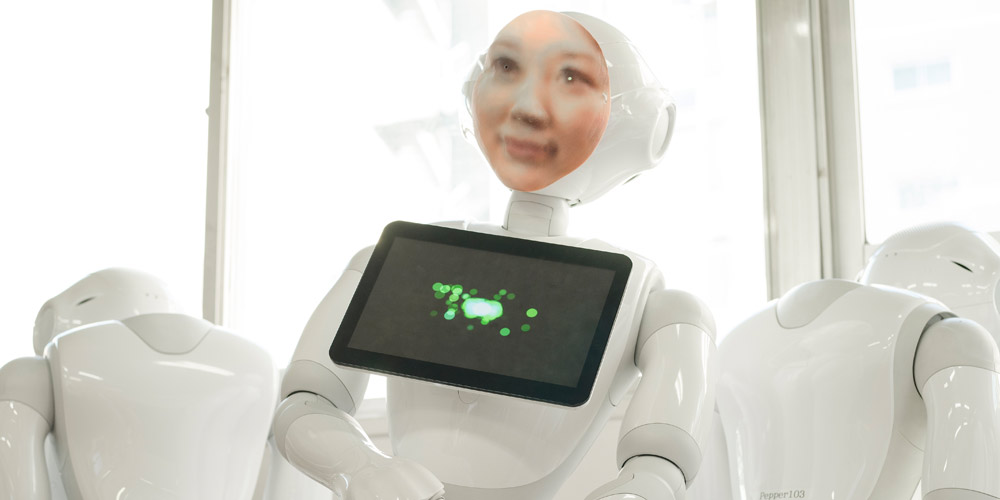
This work proposes a new mode of mourning in keeping with the technical advances of today. A 3D-printed mask of the deceased’s face is placed on a domestic robot installed with a motion program that mimics the physical characteristics―personality, speech, gestures―of that individual as if possessed by their spirit. The program functions for 49 days after the person’s death (the traditional Buddhist period of mourning in Japan), during which time family members can experience simulated conversation with the deceased as if he or she were still alive. On the 49th day, the robot bids farewell to the bereaved and the program shuts down. The program is thus designed to allow the bereaved to spend 49 days with a robot seemingly possessed, like a medium, by the deceased. The creator says that she developed the concept after her grandmother’s death, when she personally experienced the function that a funeral serves as a morning ritual for those left behind. The experiment is part of a research project on funeral rites as a window into the uniquely Japanese approach to life and death. This is one of a series of works on “digital shamanism” that attempt to blend Japanese folk beliefs with technology.
etsuko-ichihara.com
Dan Chen (TW/US)
End of Life Care Machine
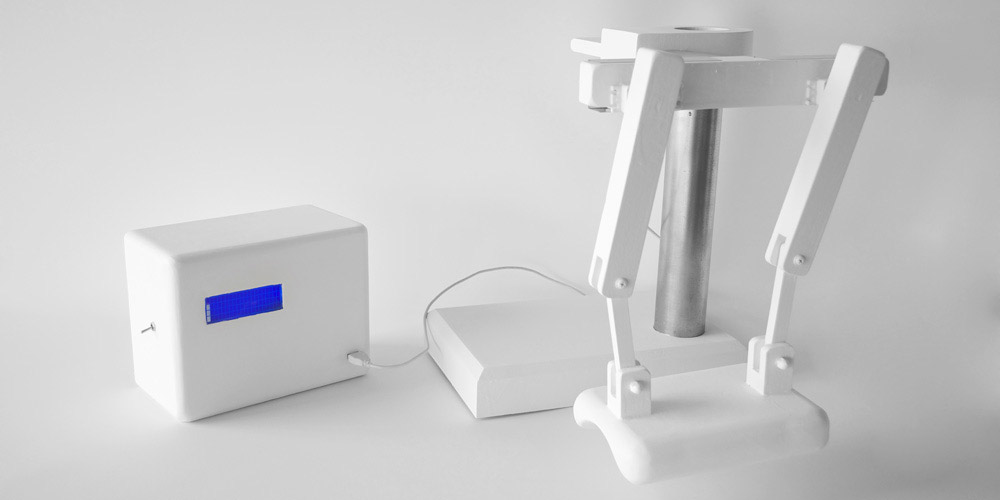
The original interactive installation of *End of Life Care Machine* consists of an empty room, a seating area and a reception desk. Signs, medical bracelets, health information forms and other related medical products are used to transform the space into a hospital-like environment, where people go for their final rite of passage. In this empty room lit with a single fluorescent light is a hospital bed and the Last Moment Robot by the bedside. The robot is constructed as a medical device with a padded, caressing arm and a customized recording device designed to guide and comfort the dying patient. The whole event is carefully scripted. Viewers of this installation are invited to enter the room one at a time, accompanied by an individual dressed in a doctor’s coat. After the patient lies down beside the robot, the doctor asks permission to insert his or her arm under the caressing mechanism. The device is activated, and an LED screen reads “Detecting end of life.” At this point, the doctor exits the room, leaving the patient alone by him or herself. Within moments the LED reads “End of life detected,” the robotic arm begins its caressing action, moving back and forth, stimulating a sense of comfort during the dying process. The Last Moment Robot takes the idea of human replacement to a more extreme scale. It allows robotic intimacy technology to be re-evaluated.
www.pixedge.com
Hanbin Deng (CN), Sitian Zhang (CN)
On Forgetting – The Brain Training Twin Pagodas
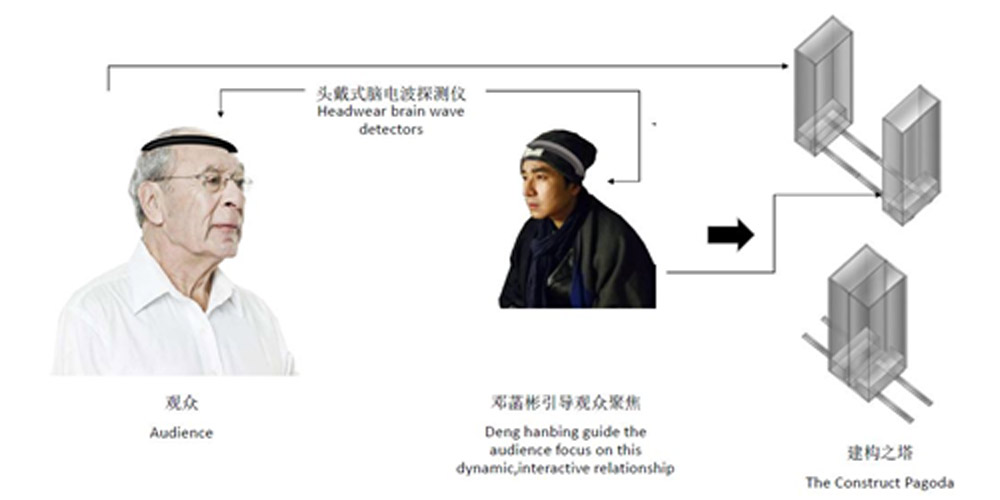
What is the memory mechanism of the human brain? What does it mean when you start to forget easily, at the level of neuroscience? In The Brain Training Twin Pagodas, the audience will be invited to participate in brain trainings inspired by the acting training, through which the changes of brain activity will be recorded by the brain wave detector. This work is an artistic presentation of a scientific experiment to explore the sensitivity of human brain memory activities, which will be done by continuous collaboration between artist and neuroscientist over the next three to five years.

Hyundai Motorstudio Seoul
Yangachi (KR)
Screen, Screen, Screen
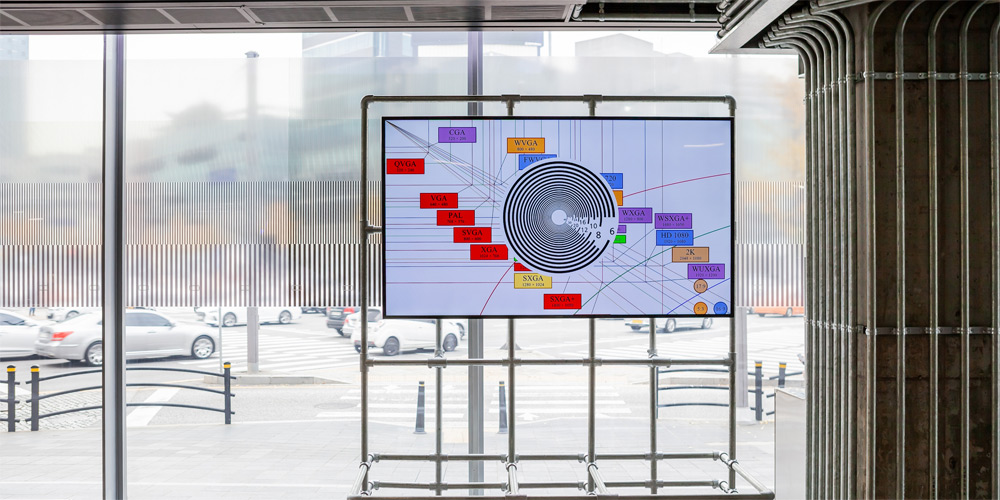
“Screen, Screen, Screen” seeks the imagination of new screens. It acknowledges that the screens relentlessly spewing out issues through the media environment, an embodiment of the 3G, 4G, and 5G generations, and ignites the institutionalized “seats”. It also draws parallels between the screen and the entrance of Plato’s Cave. It spotlights the time and space revolving around the society of media and renders the social transformations upon multiple screens.
This work in collaboration with GRAYOVAL (designer: Do Hyung Kim)
www.yangachi.org
Jangwon LEE (KR)
Wilson
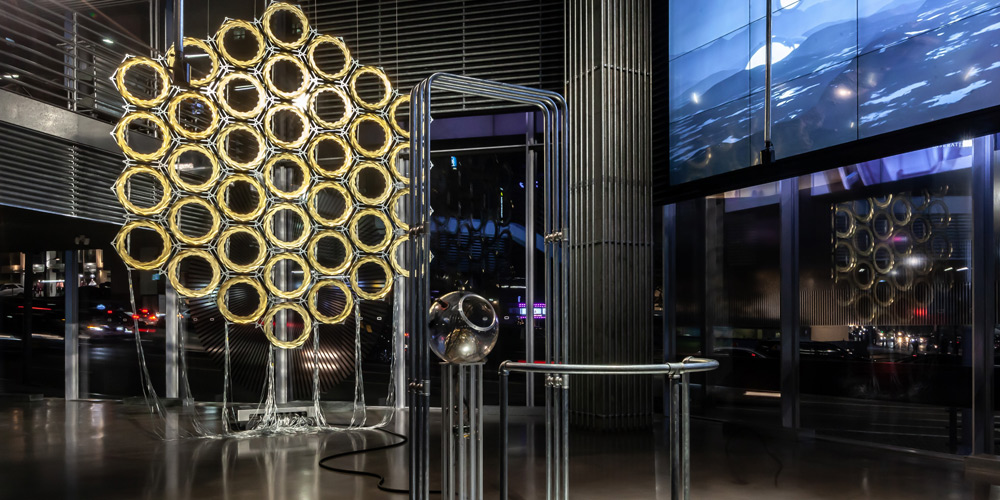
What should the future look like when the evolution of operating systems (OS) converges upon a specific form? The artist imagines the sun. The sun has always been warm, impartial and dependable. As long as history can remember, it has connected man and nature, conducted the rhythm between life and order, but always in the background, much like an operating system. is a representation of the sun as a personified OS. Technology behind any operating system feels more like an antithesis of nature, but the artist sees similarities between nature and the ultimately-evolved form of operating systems. The circular objects have a strong physical presence as they reveal visual representations of the sun in space, based on data-driven motion technology. Simultaneously, the artist also used aspects of virtual reality to meet the audience half-way while they experience OS environments, presenting scenes where the virtual and actual coexist.
This work is a collaborative project between ZER01NE, innovation platform of Hyundai Motor Group (HMG), and administrative departments within HMG. Organized by ZER01NE, Sponsored by Hyundai Motor Group
Roomtone (KR)
OS
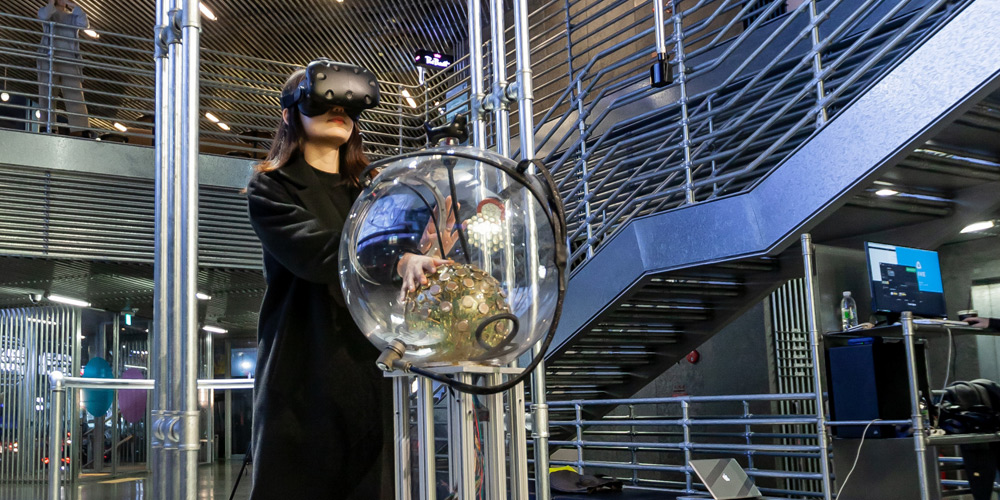
“OS” is a VR-based creation containing images of near-future autonomous driving environments. The light and data generated as an audience moves through virtual space can bring together the boundaries of the actual and the virtual. The OS is depicted as a halo of light, and the physical contact of the audience with the light blurs the boundaries of the actual and virtual. The action suggests a positive relationship between humans and the OS based on their trust.
This work is a collaborative project between ZER01NE, innovation platform of Hyundai Motor Group (HMG), and administrative departments within HMG. Organized by ZER01NE, Sponsored by Hyundai Motor Group
Roomtone (KR)
Depth of Circle
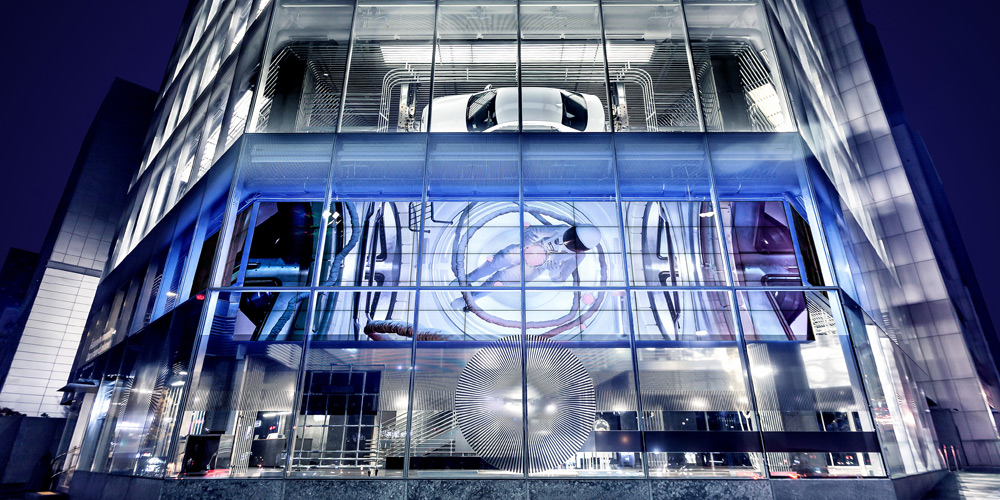
“Depth of Circle” is the non-VR screen version of the story that juxtaposes the experience of encountering life for the first time, with a scenario of an astronaut discovering a new planet. The video imagery is presented with vast space in the background with cell-division and circular imagery in the foreground to convey the concept that microscopic life and macroscopic space of our reality existing together.

Hyundai Motorstudio Moscow
::vtol:: (RU)
Collector
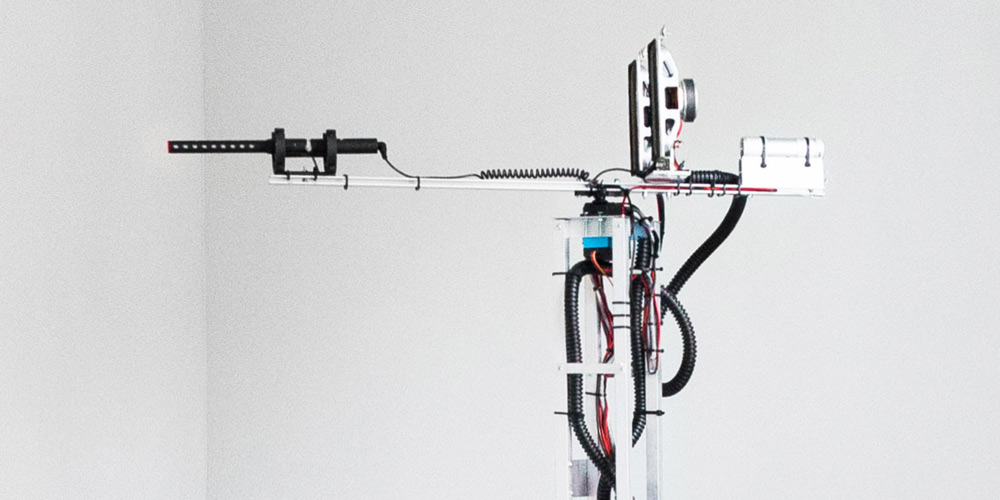
The object records sounds from the surrounding space, selecting only the loudest ones (those which exceed a certain level). Then, the machine puts together a composition consisting of these sounds organised in the order they were recorded. In fact, the object excludes the silence and composes the music from the surrounding sounds, while compressing the time. The voices, music, city sounds and other random noise are shaped into complex algorithmic compositions, which can be played after it has collected enough of them. It is a kind of reality re-mixer – by simply removing the silence and pauses between loud sounds and words, it creates the sense of very rhythmical and organised aural experience, which sounds very musical to me. The process has two phases, recording and playback. In the first phase, it records the surrounding sounds until it has gathered 100 samples. In the second phase, the object plays the resulting compositions as a loop through speakers for 1 minute, so that the compositions can be heard by everyone around. In this mode, the recording stops. After that, it erases all sounds and begins a new search. The object itself is a robot with a rotating stereo microphone, which tends to activate with the help of a motor towards the loudest sounds in the surrounding space. It also has 2 speakers to present the results, and a light torch to show the detected sounds or indicate the sounds during playback mode.
vtol.cc
Stain (RU)
Enchantment
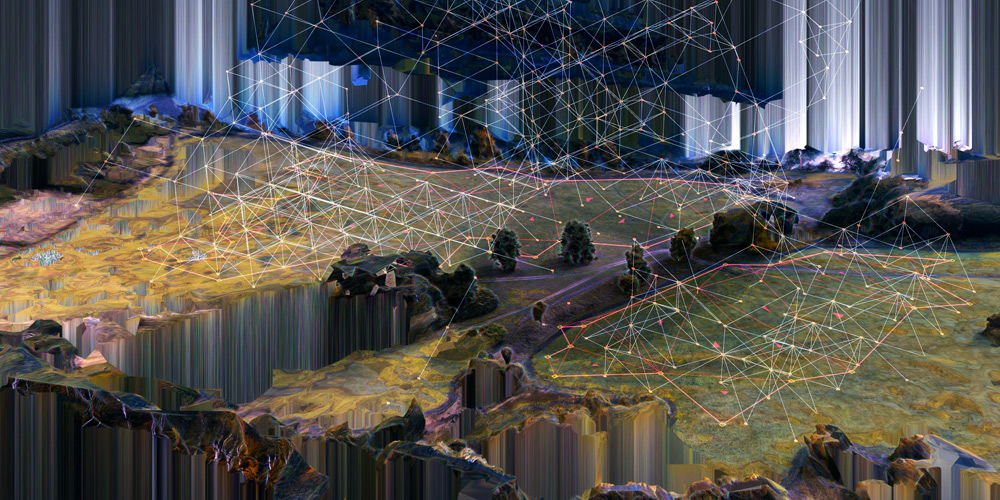
Enchanted by the success of technical inventions, humanity creates new tools, machines and algorithms. They work more or less autonomously and bring active transformations of spaces. In this project, we refer to the concept of “field”. The collective image of the field is a symbol of the space of vital opportunities, emptiness and freedom. On photogrammetric models of real landscapes, algorithmic structures are being created. The surface of the landscape is analysed and its outlines become the basis for the construction of abstract forms. The concept of “field” is juxtaposed with the image of the algorithmic process, seen as a metaphor for technological progress. The digital environment makes contact with reality. Observing how the algorithm creates the forms on the field, one can see how the landscape is changing. This symbolic image translates the experience of the dynamics of the present and visions of the future.
stain.ws
::vtol:: (RU)
Metaphase Sound Machine
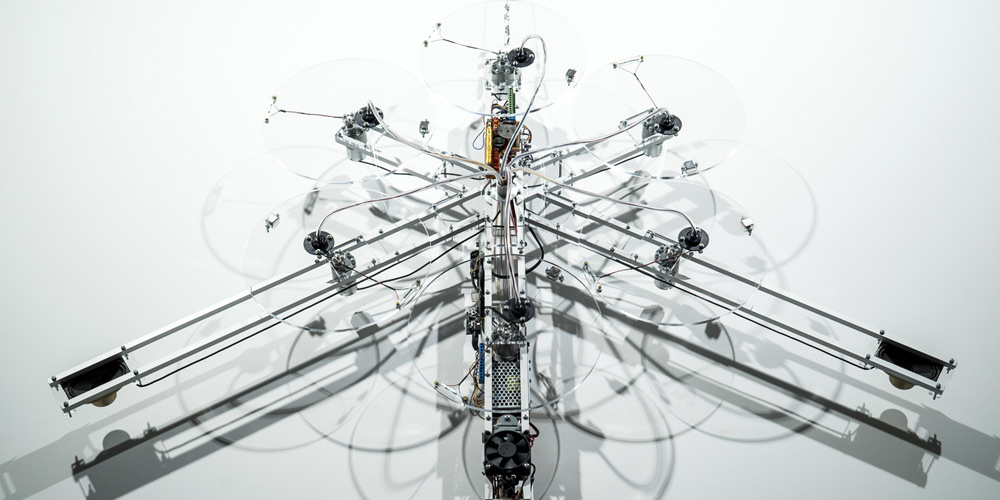
The Metaphase Sound Machine is a kind of homage to the ideas of the American physicist Nick Herbert who in the 1970s has created both Metaphase Typewriter and Quantum Metaphone (a speech synthesizer). These were some of the first attempts to put the phenomenon of quantum entanglement in practice and one of the first steps towards the creation of a quantum computer. The experimental devices, however, had not confirmed theoretical research, and Herbert’s obsession with metaphysics resulted in the publication of several of his works on the metaphysical in quantum physics, that have led to a serious loss of interest to the ideas of quantum communication. One day, in a course of his experiments, Herbert has hacked into a university computer trying to establish a contact with the spirit of illusionist Harry Houdini at the day of the centenary of his birth. In his device Herbert in order to achieve a quantum entangled state used as a source radioactive thallium, which was controlled by the Geiger radiation counter. The time interval between pulses was chosen as conversion code. Several psychics had participated in the experiments. They tried to influence the endless stream of random anagrams arising from a typewriter or cause “the ghost voice” to be heard out of metaphone. Scientists also have conducted sessions to bring about the “spirit” of a colleague who had recently died, and who knew about this typewriter. In 1985 Herbert wrote a book about metaphysical in physics. In general, his invention and articles quite severely compromised the ideas of quantum communication in the eyes of potential researchers and by the end of the XX century no any substantial progress in this direction was observed. The Metaphase Sound Machine is an object with 6 rotating disks. Each of the discs is equipped with acoustic sound source (a speaker) and a microphone. Each of the microphones is connected via computer and the rotary axis to the speakers on the disks. Also in the center of installation a Geiger-Mueller counter is set, that detects ionizing radiation in the surrounding area. The intervals between these particles influence rotation velocity of each of the disks. Essentially the object is an audio- and kinetic installation in which a sound is synthesized based on feedbacks, produced by microphones and speakers on rotating discs. Feedback whistles are used as triggers for more complex sound synthesis. Additional harmonic signal processing, as well as the volatility of the dynamic system, lead to the endless variations of sound. The form of the object refers to the generally accepted symbolic notation of quantum entanglement as a biphoton – crossing discs of the orbits.
vtol.cc
Curated by Lee Daehyung (Art Director of Hyundai Motor Company, Curator Korean Pavilion, Venice Biennale 2017), Qiu Zhijie (Professor at the China Central Academy of Fine Arts, Curator Chinese Pavilion, Venice Biennale 2017), Martin Honzik (Senior Director Festival/Prix/EXPORT Ars Electronica)
Exhibition Design: ANY:TIME
Coordinate Curators: Carla Zamora, Xu Jing, Kim Taiyun
Project Manager: Kang Taein
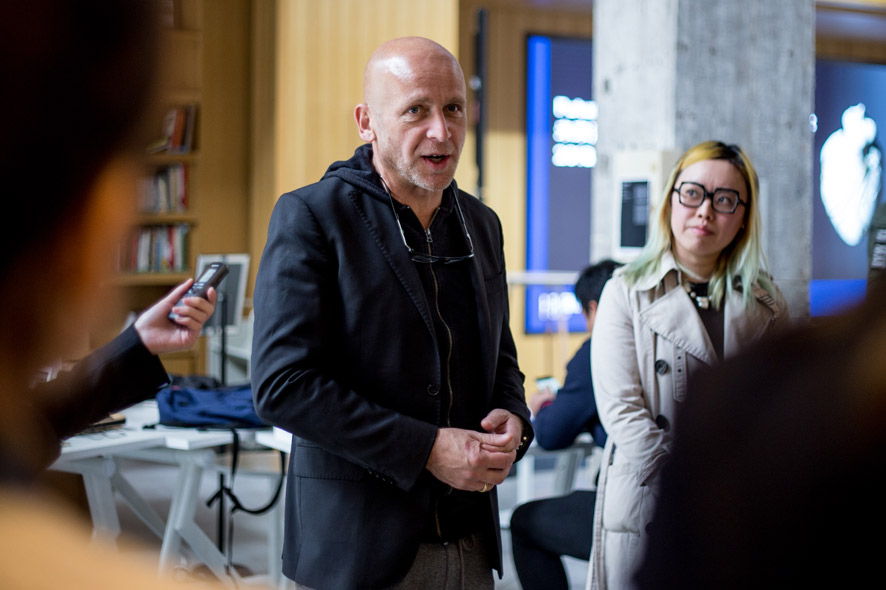
Future Humanity – Our Shared Planet: Is this the future?
In November 2018, Ars Electronica and Hyundai Motor Group will open three exhibitions around the world on the theme of “Future Humanity – Our Shared Planet”. The shows at Hyundai Motor Studios in Moscow, Seoul and Beijing will artistically examine what it means to be human in the future. We found out more in this interview.
